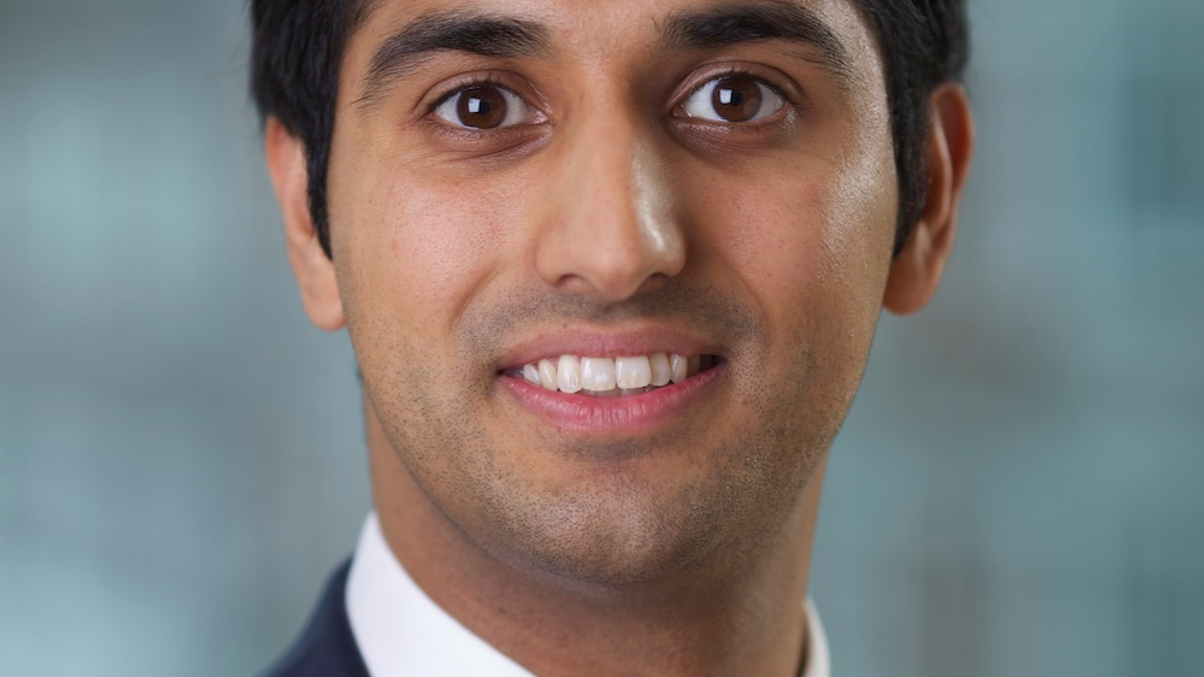LatAm knocks Asia off investor perch
Experts see a cyclical reordering in emerging markets as LatAm overtakes Asia in appeal, while institutional investors are set to transform market dynamics.

A cyclical reordering is happening in emerging markets, with Latin America (ex-Brazil) and Eastern Europe overtaking Asia in investor interest and portfolio inflow, say market specialists.
Sign In to Your Account
Access Exclusive AsianInvestor Content!
Please sign in to your subscription to unlock full access to our premium AI resources.
Free Registration & 7-Day Trial
Register now to enjoy a 7-day free trial—no registration fees required. Click the link to get started.
Note: This free trial is a one-time offer.
¬ Haymarket Media Limited. All rights reserved.


